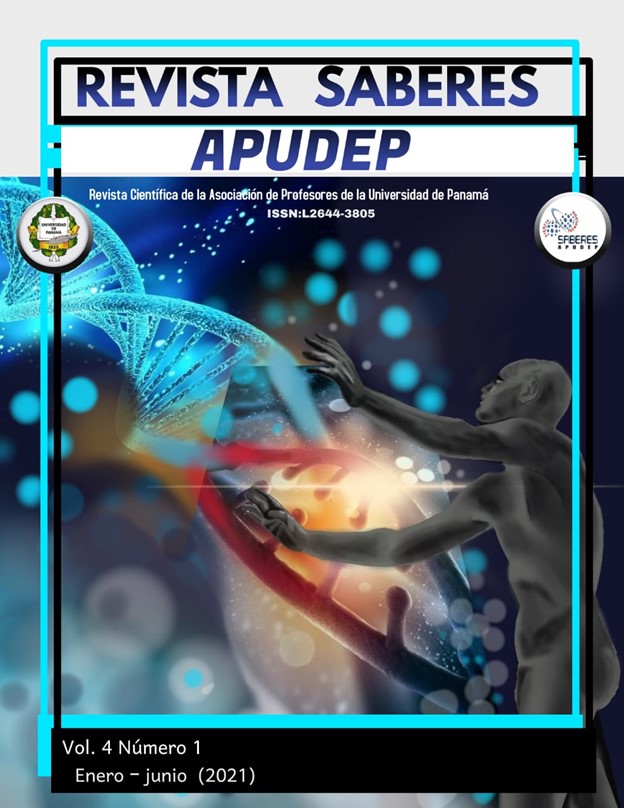

Solid waste management has become a global environmental problem and it is an inseparable part of human activities. Its increase, management and final disposal is a pending issue to be solved in Panama due to the negative impacts on the environment and the accelerated deterioration of ecosystems, affecting water, air, soil and the movement of animals in search of new natural habitats. At the end of the 20th century, the man-nature link was strengthened with the use of natural resources, producing more waste without sustainable management, emphasizing environmental problems such as climate change, generating offensive odors due to the decomposition of elements and its drag through groundwater. The descriptive study is developed in the community of Gobea in Costa Abajo, Province of Colón, with the purpose of showing the natural areas of the coastal strip used for final disposal of solid waste, characterizing these and highlighting the possible negative impacts that are generated to the environment. The methodology developed presents a direct observation phase and three moments of field work where the affected areas were indicated, the various residues found were classified and described, and their data recorded. The results showed critical points such as improvised solid waste dumps possibly carried by the waves towards the sea, which shows the need for environmental strategies to conserve these coastal areas as spaces for obtaining food resources for the community.